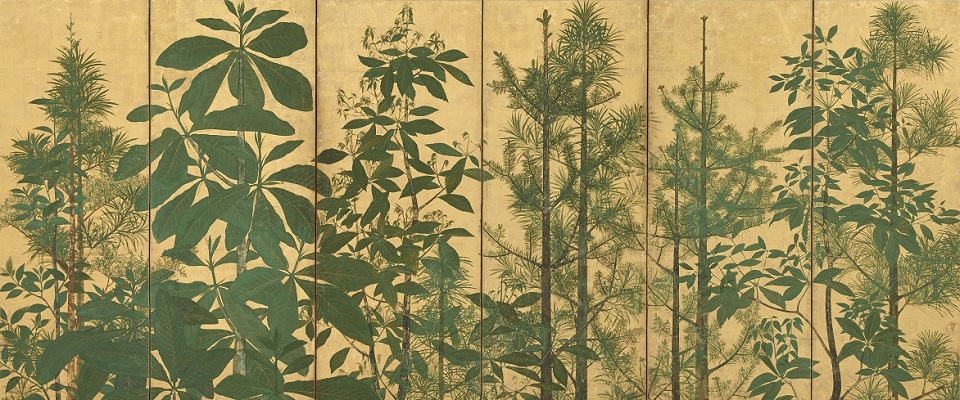The I'nen Garden
The I’nen seal is a mark that was placed on several Tawaraya works during Sōtatsu’s lifetime, an indication that they were produced either by his own hand or by his studio. The seal was used with greater frequency by the studio’s artists after Sōtatsu’s death in circa 1640.
Many I’nen seal works depict flowers and plants. The Japanese had always sought metaphors for the complexities of the human heart in the world of nature. But beginning in the seventeenth century, there was a marked increase in their interest in botany, exotica imported from afar, scientific examination and categorization of plant types, and rikka, an early form of ikebana flower arrangement. Personal gardens varied greatly in style, engaging both the heart and the intellect. People often gave seedlings, plants, and cut flowers as gifts. The Tawaraya studio and the artists who used the I’nen seal gained commissions that reflected this newly intense interest. In the decades after his death, Sōtatsu’s techniques and creativity became almost synonymous with images of flowering beauty.
Explore
Galleries »
Flowers and Grasses of the Four Seasons
Right Screen »
Left Screen »
Timeline »
Rotation Schedule »
















